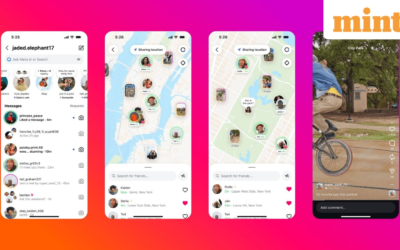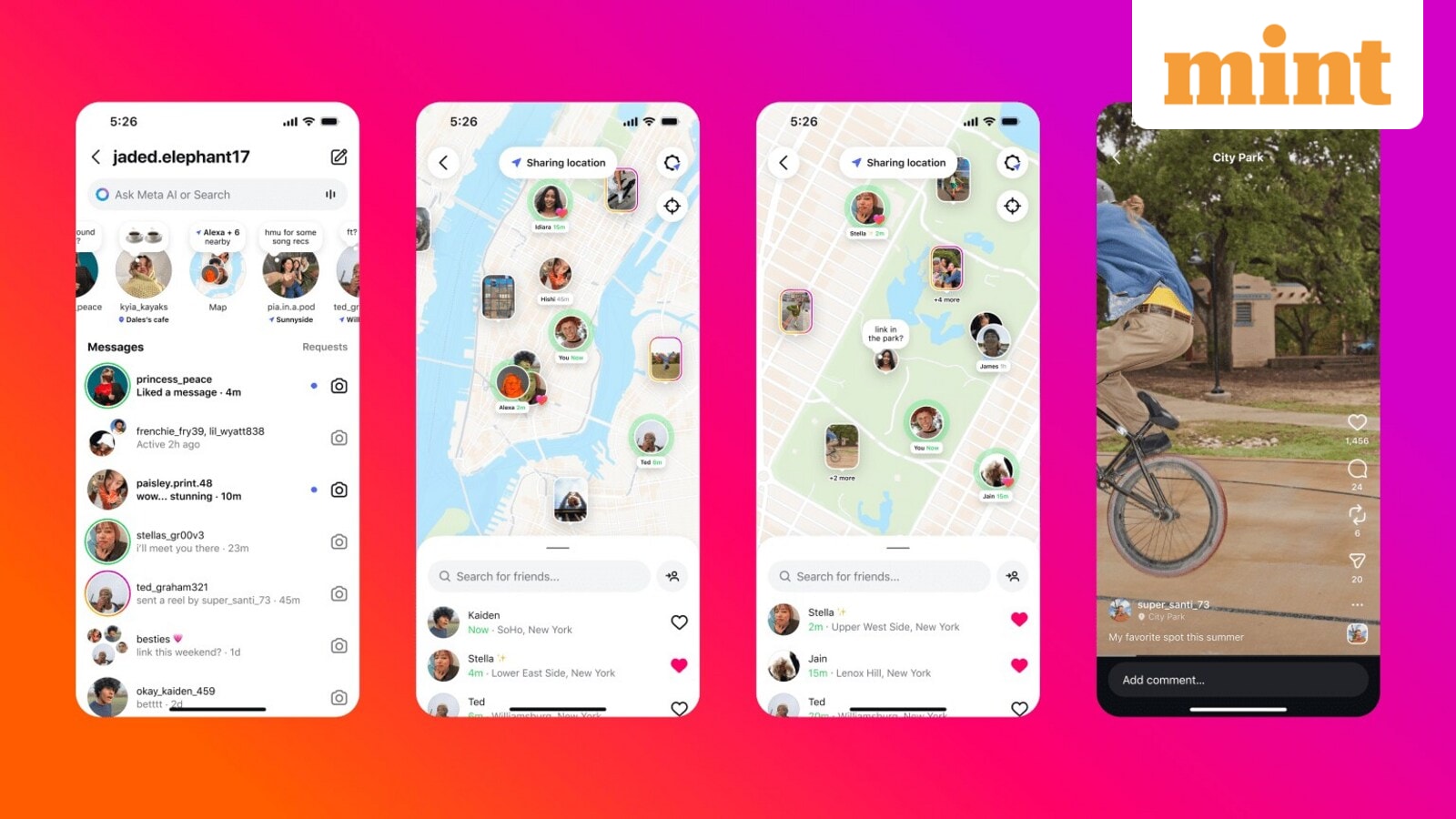iPhone 17 launch to boost Apple India sales, prices largely steady despite US tariff squeeze
For 2025, Apple raised the base price of its newest iPhone in India by a marginal 4% to ₹82,900, its first hike in years. Analysts expect its new portfolio to boost the company’s sales in India in the upcoming festival season with double-digit growth, driven by the new iPhone Air, a new design on the iPhone 17 Pro that may beckon loyalists, and older devices already discounted across retailers.
Wall Street, however, was not too excited by Apple’s newest offerings, with many flagging yet another largely incremental upgrade and no clear direction ahead on artificial intelligence. After the announcements, Apple’s shares fell 2.2% from the day’s high on the Nasdaq stock exchange, and a further 0.2% in after-market trading, before recovering marginally.
Apple’s annual iPhone event is one of the most-watched consumer technology launches globally. The company is the world’s third-largest overall enterprise with a market cap of $3.5 trillion, and generates nearly $400 billion in annual revenue—almost half of it driven by iPhone sales around the world. India, on this note, has emerged as a key geography for Apple, both in terms of manufacturing and sales.
Poised for festivities
In India, while the base pricing is higher than before, it is lower than what Apple charged for the same storage variant of a new iPhone last year. Further, analysts noted that the ‘live translate’ feature on its new earphones–AirPods Pro 3 (priced ₹25,900)–could make for a strong selling point, thus giving the company solid ground as the much-anticipated festival season kicks off in India. All the new devices can be pre-ordered right away and purchased from stores starting next Friday, 19 September.
“Apple appears well-positioned for a strong festive season in India. The iPhone Air marks a significant design innovation, likely to attract upgrades from loyalists of older models, including iPhone 12 through 15,” said Prabhu Ram, vice-president of industry intelligence at market researcher CyberMedia (CMR).
The iPhone Air, touted as the first new hardware design for smartphones in five years, starts at ₹1.2 lakh in India. This, however, is exactly why analysts are bullish on Apple’s India potential with the new devices.
Tarun Pathak, director and partner at fellow market researcher Counterpoint, said that Apple, with its current lineup, “is likely to see one of its best festive seasons in India, with year-on-year sales growth likely to be in double digits.”
“The marginally higher prices are unlikely to dent sales, because most buyers in India opt for financing options, in which the additional amount gets nearly negated. Plus, there will now be demand for finding heavily-discounted deals on the iPhone 15 and iPhone 16 across retailers, which is typical of Indian buyer behaviour, and is likely to drive higher sales with one of the widest portfolios of devices from Apple in India. In fact, we’re seeing higher sales for Apple than last year already, in the early weeks of the festive period,” Pathak further added.
To be sure, Apple now officially sells iPhone 16e from ₹59,900, iPhone 16 from ₹69,900, and the four new iPhone 17 variants—standard, Air, Pro ( ₹1.35 lakh onward) and Pro Max ( ₹1.5 lakh onward). Third-party retailers are also selling the iPhone 15 in India.
Absorbing tariffs, for now
India has emerged as one of Apple’s biggest growth markets recently, with chief executive Tim Cook citing quarterly record revenue in India over the last three years.
Apple’s sales have continued to jump over 20% annually every year since 2019, and are expected to surpass 15 million units this calendar year. With that, the company is likely to cement its lead share in revenue from India’s $45-billion smartphone market.
The iPhone maker accounts for about 8% of India’s smartphone market by volume of devices sold and just over 20% by market revenue, as per IDC data.
Apple has opened two more physical retail stores in India after Mumbai, with outlets in Bengaluru and Pune drawing over 5,000 people each on opening days.
In terms of manufacturing, Apple is doubling its India production capacity—primarily to serve the US market, its largest by volume globally. This move sparked further tariff warnings from Trump, with Cook stating last quarter that the company’s tariffs-linked costs increased by $800 million, and operating margin declined 60 basis points as a result.
Apple projected a tariff impact of $1.1 billion for this quarter. However, the management has not indicated any price hike due to Apple’s higher import duty costs. Tuesday’s launch, too, kept prices level.
On the other hand, excitement around the iPhone—the single-most selling smartphone globally—remains high in India as affordability increases and financing options become available easily. “From a market perspective, the under-penetrated upgrade pool highlights considerable growth potential for Apple if it can convert interest into sales,” CMR’s Ram added.
Counterpoint’s Pathak also said that while Apple did not speak much about its generative AI efforts, this was “largely in line with expectations,” and is “unlikely to lead to any major disappointment.”




